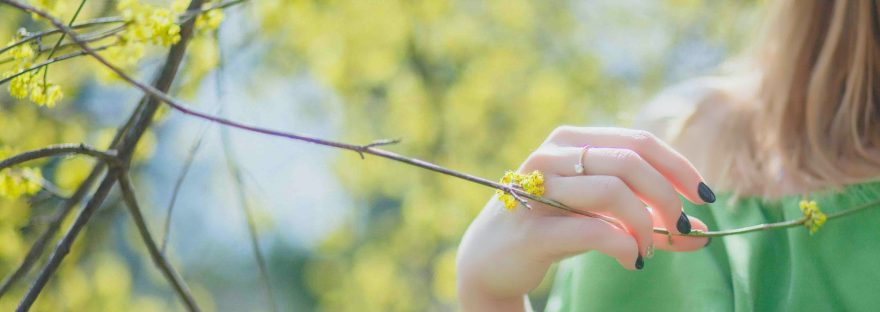In this blog I will be exploring the different ways you can encounter nature through sensory experiences. These are lovely practices to add to the Sit Spot routine.
Humans are very visual animals. We put a lot of attention on what we see, and don’t always notice what we are picking up with our other senses. When we engage all of our senses it brings our nature-connection time to life. To introduce a sense of playfulness these sensory activities are all named after animals.
If you have 20 minutes, or 30 minutes (or more) available:
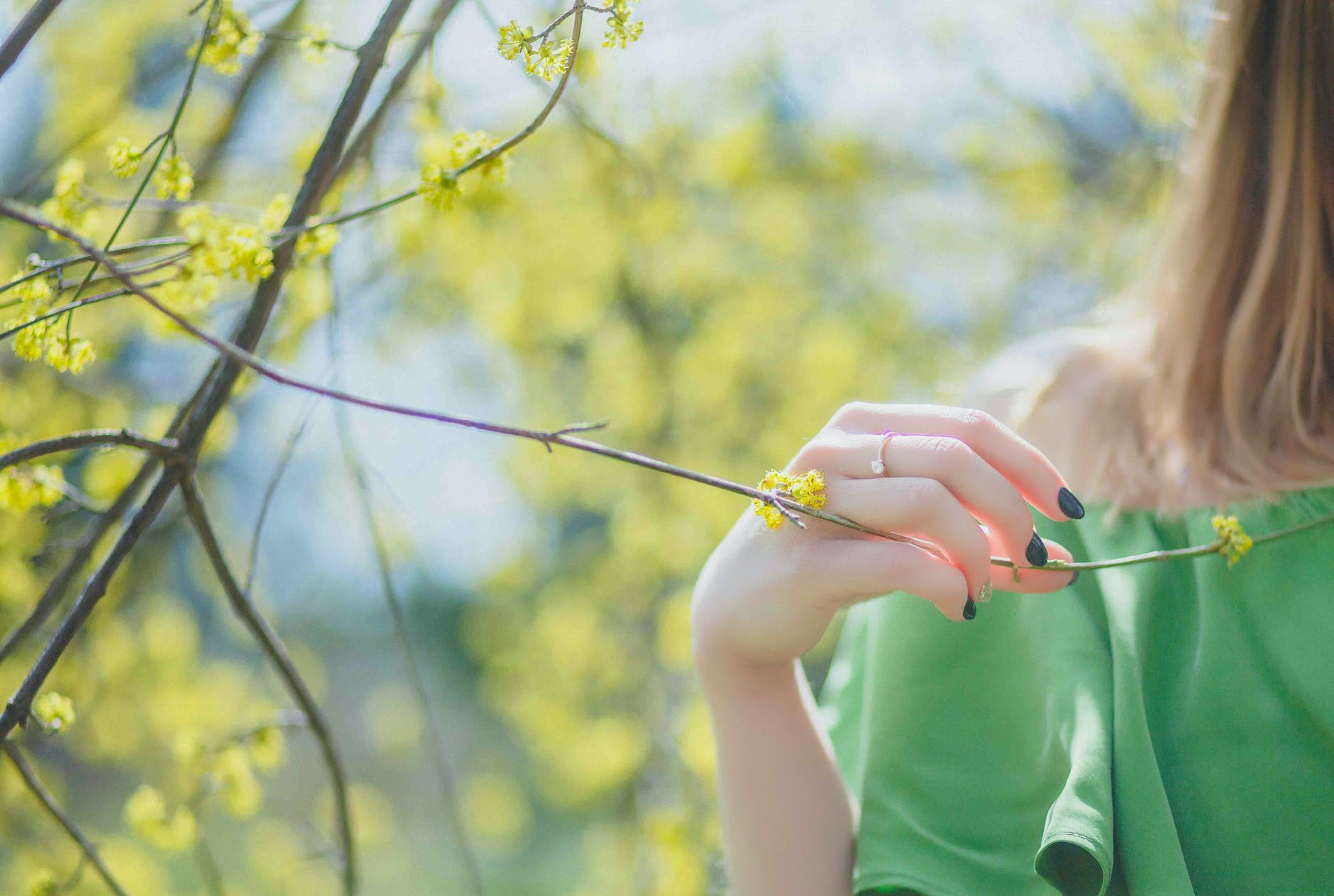
When you arrive at your Sit Spot, begin again by greeting the trees, plants and animals that are there. Become aware of your thoughts and let them simply drift by on your mind’s eye. Observe your breath and, as you do so, let it become slower and deeper. Drop into a quiet, relaxed, calm state. You may notice that this happens more quickly than it did yesterday, because you are already retuning your perception.
Owl Eyes:
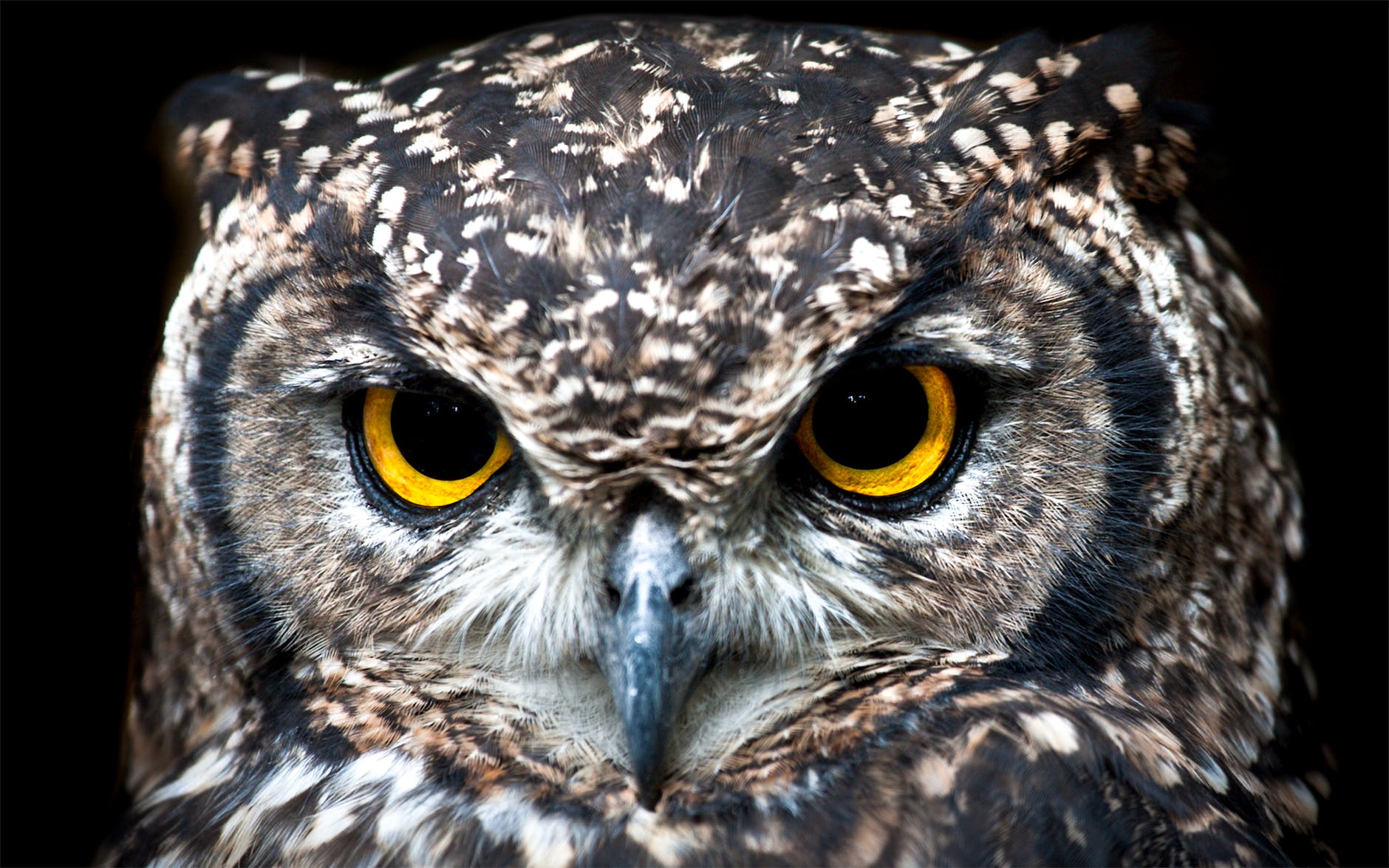
This is a way of engaging with your peripheral vision. Pick a point in front of you and let your eyes go soft. Stretch your arms out to the sides at shoulder height. Now, wiggling your fingers, move your arms forward and backwards a bit. This will identify the edges of your peripheral vision.
Try stretching one arm up and one arm down to see where the upper and lower edges of your peripheral vision are.
Letting your arms drop to your side, sit for a while gazing with a soft wide vision. Notice the tiny movements of leaves when the breeze stirs them, or the ripple of the grass. The shades of light and dark. Notice birds or insects moving on the periphery of your vision.
Let yourself sit with this wide vision for several minutes.
Deer Ears:
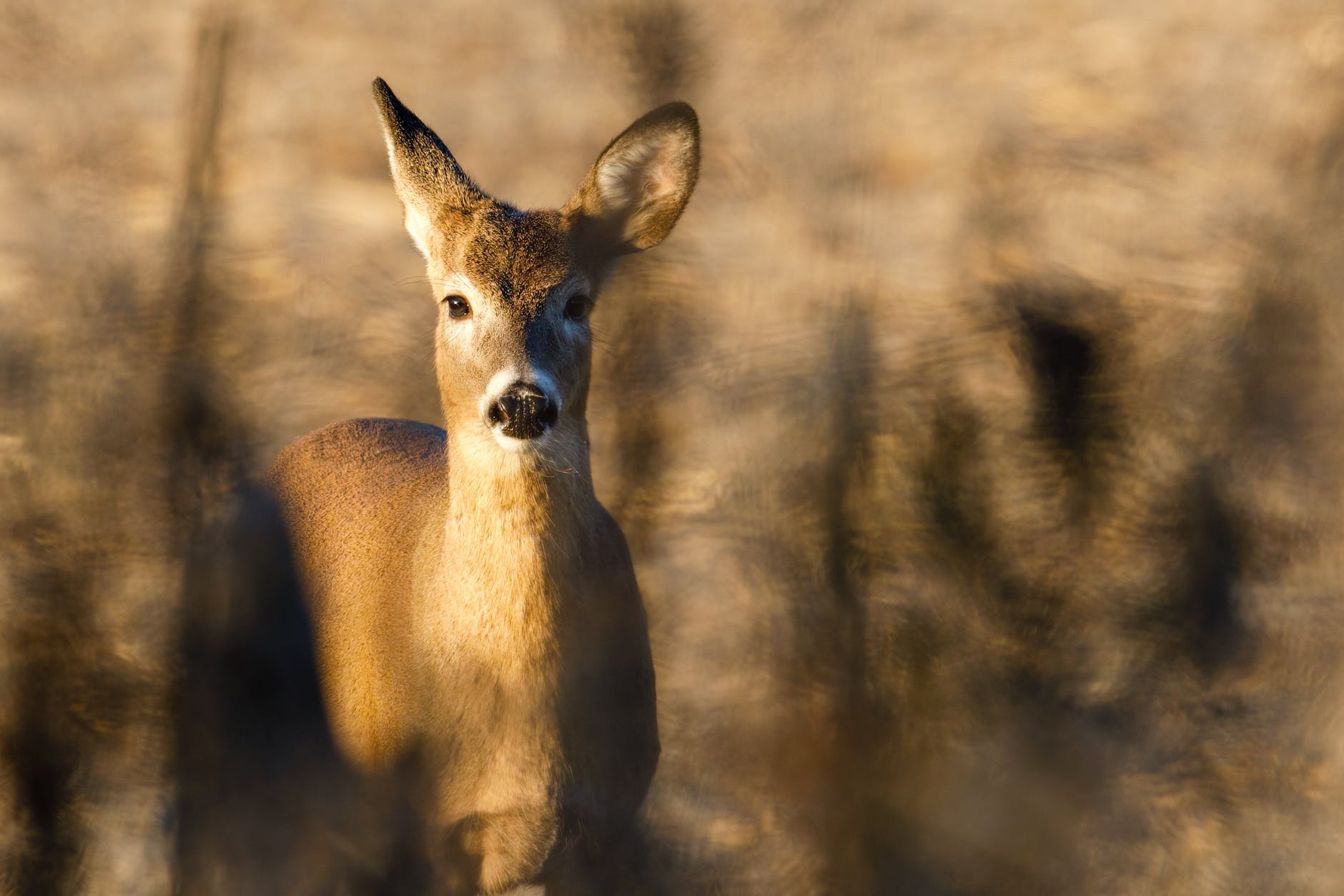
Now turn your attention to your hearing. Try closing your eyes for this activity, as other senses can become stronger without our dominant sense of vision.
Cup your hands behind your ears and turn your head to focus on different sounds. Move your cupped hands to the front of your ears, so you can hear behind you without turning around. You can pick up sounds for a full 360º in this way.
Relaxing your hands again continue to notice what you can hear. Maybe birds, insects, unseen mammals, the breeze, the rustle of leaves, the crackle of trees expanding in the heat. Now listen for:
- the furthest sound
- the closest sound
- sounds behind you
- sounds in front of you
- sounds on either side
- sounds above you
- the quietest sound
Keep noticing sounds around you, searching for different sounds, new sounds, constant sounds, sounds from nature, sounds from humans. When you really pay attention to the sounds of nature do the human sounds disappear, even for a while?
Keep listening to the different sounds for a several minutes. Try combining Deer Ears with Owl Eyes.
Spider Touch
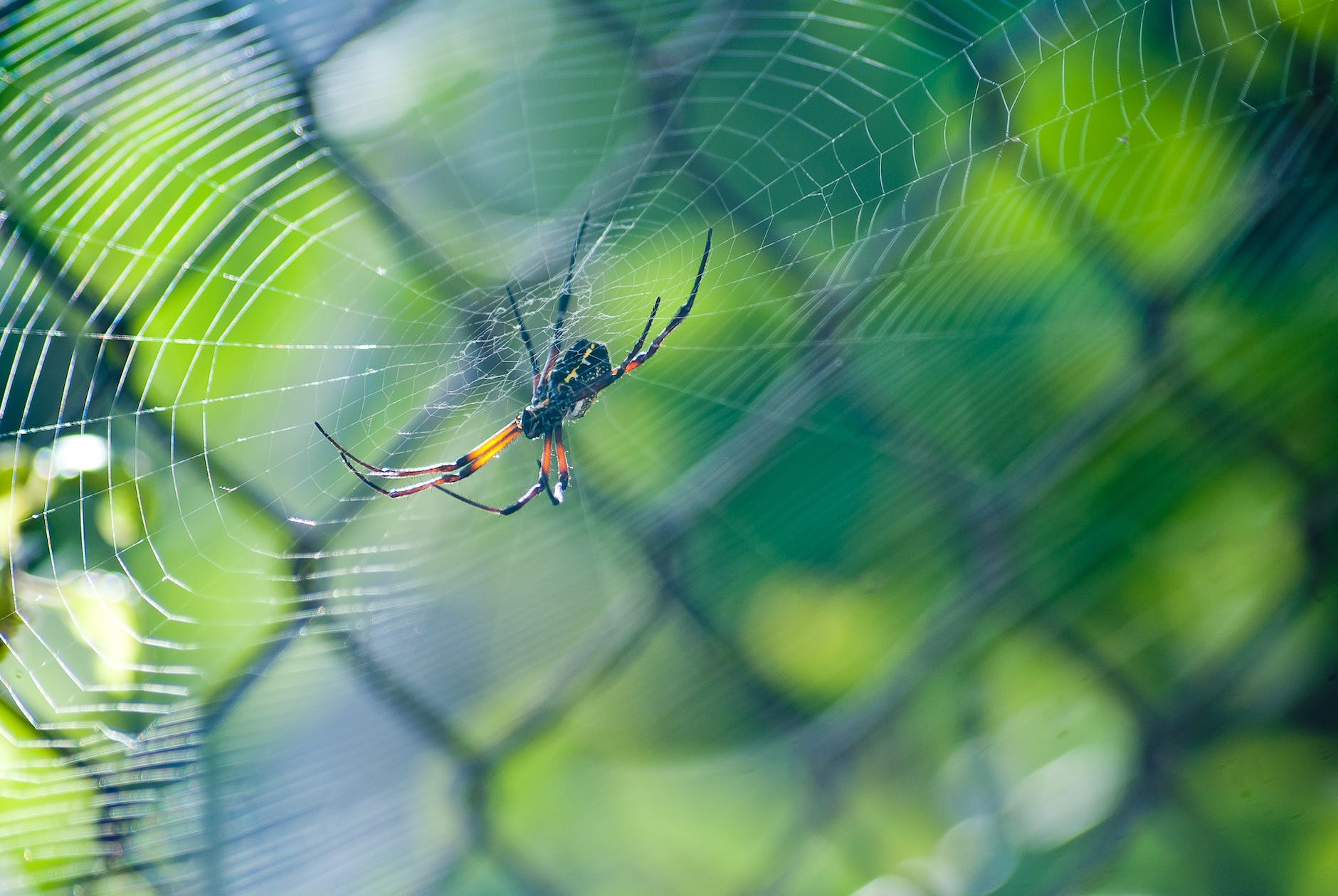
Become aware of the feeling of the sun on your skin. With your eyes closed feel the breeze – which direction is it coming from? My grandfather taught me to lick my index finger and hold it up in the air, to detect which direction the wind is coming from (it’s coming from the side that feels coldest).
Notice the feel of your clothes on your body, your feet touching the ground. Take your shoes and socks off and feel the ground with the bare soles of your feet.
Keeping your eyes closed put your hands down on the ground beside you – how much detail can you detect? Do things feel different than they look?
Stand in front of a bush or shrub, close your eyes and feel its leaves. Does it feel the same as it looks? Do you notice anything new about it without your sense of vision telling you what it is?
Dog Nose
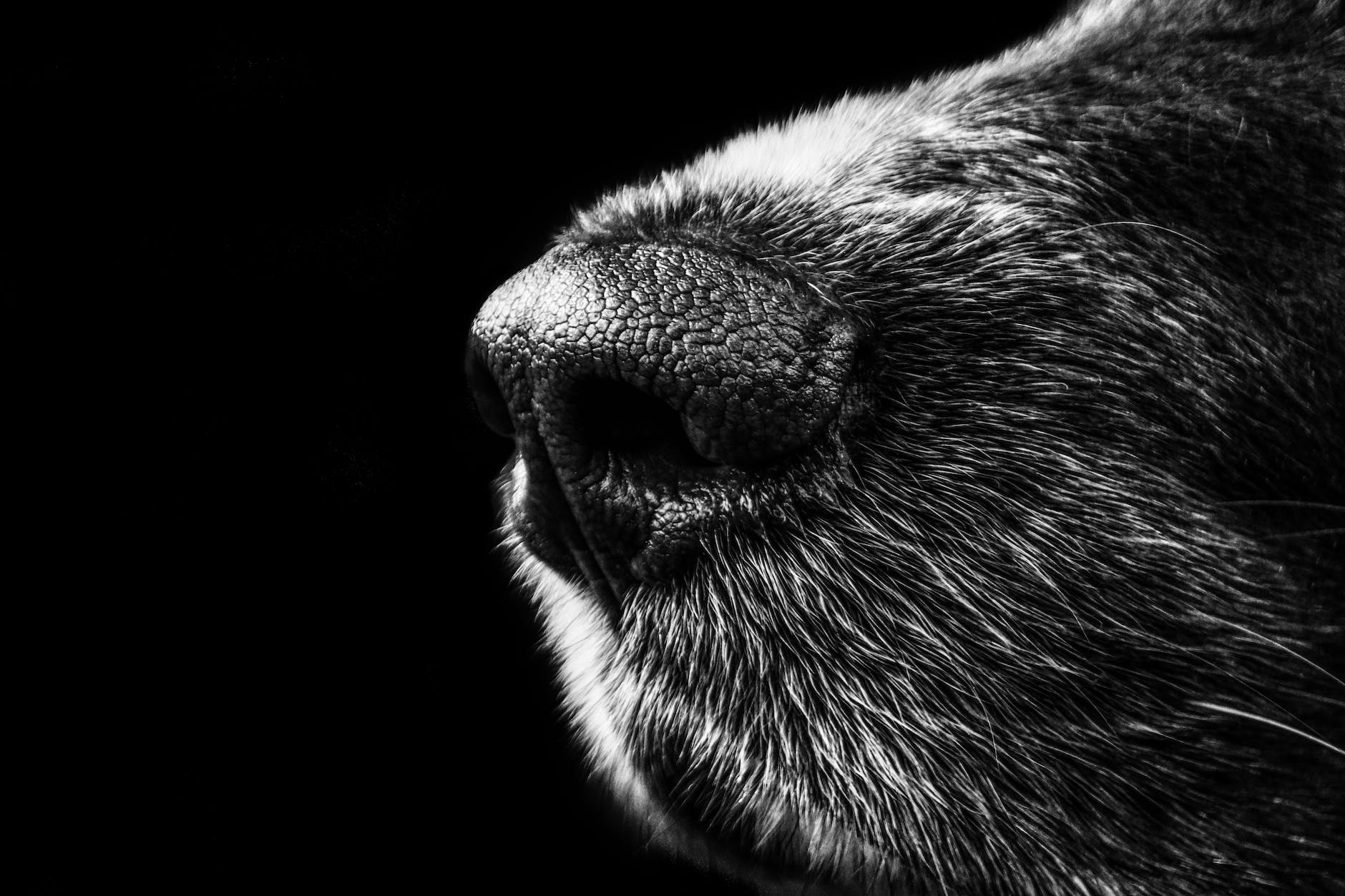
Turn your attention to your sense of smell. Take quick sniffs of the air around you like a dog. What do you smell? Does the smell change as the sun comes out or as the wind blows?
Does it make a difference if you use a long breath or quick sniffs? Get down on all fours like a dog and sniff the ground, the grass, the leaves.
Synthesis
Now turn on all your senses together. Let your eyes be soft and wide, listen to the little sounds around you, feel the wind or sun on your face and smell the air with long breaths. Hold this wide-open awareness for as long as you can.
End by thanking everything that is there for sharing this place with you.
Finish up by taking 30 seconds to make a few notes or sketch something that captures the key elements of your Sit Spot time.
Only got ten minutes?
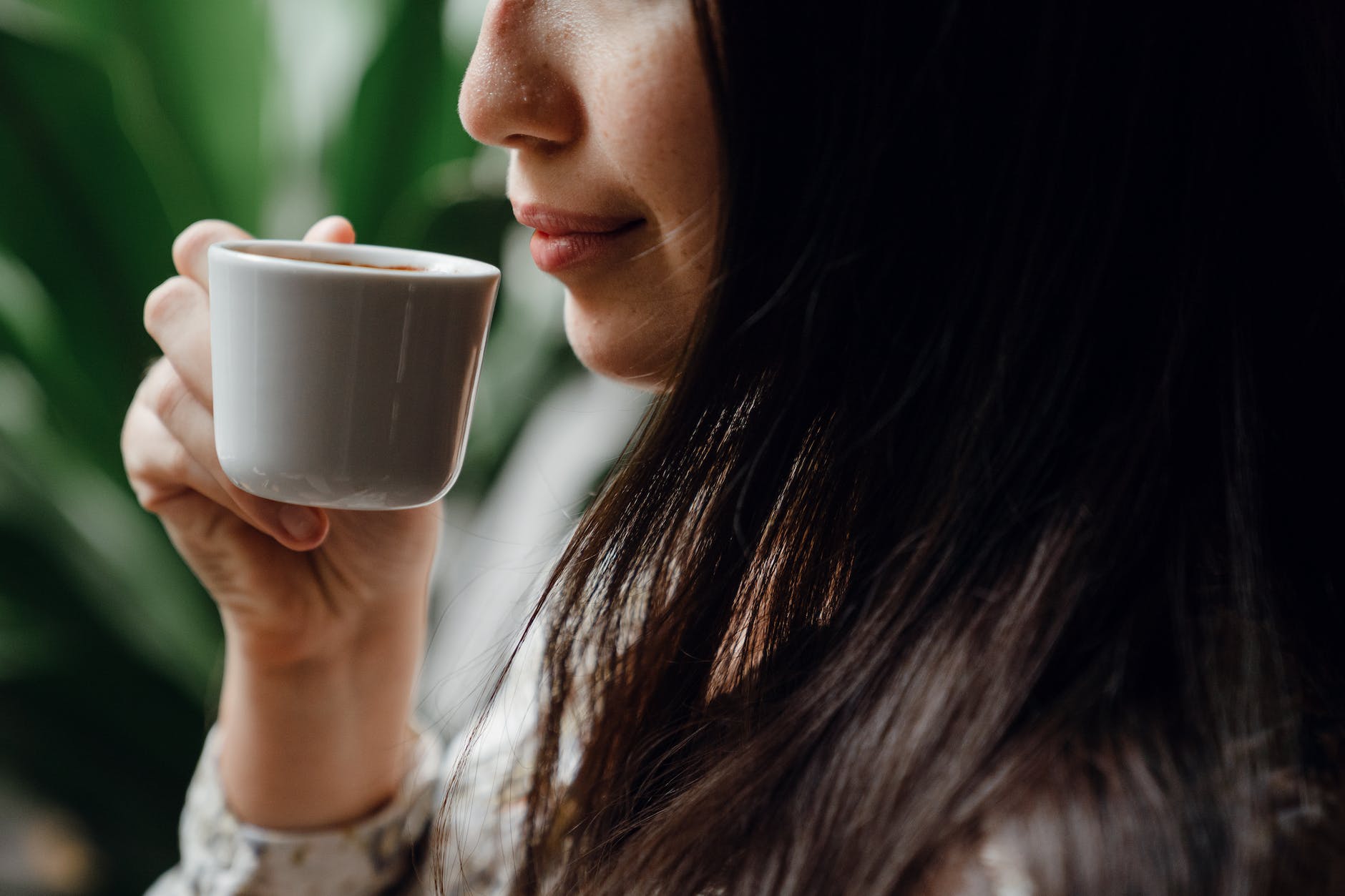
Sit outside and widen your vision as much as possible, noticing what you can SEE above you, beside you; look at both at the same time.
LISTEN to the birds – in front of you, behind you, on either side. The sounds of bees or other insects. Listen for the furthest sound and the quietest sound.
Take your shoes and socks off and FEEL the ground beneath your feet – the grass or the earth. Wiggle your bare toes and nestle them into the ground even more.
Hug a tree and as you do close your eyes and run your fingers over its bark. Or gently stroke the grass, or a shrub, or a flower – do it again with your eyes closed.
Close your eyes and sniff the air. SMELL the plants nearby – maybe freshly cut grass, or a flower or herbs. Really savour the scent, taking in as much detail as you can.
End by thanking everything that is there for sharing this place with you.
Finish up by taking 30 seconds to make a few notes or sketch something that captures the key elements of your Sit Spot time.
Make your experience richer by sharing it
You can use these sensory exercise any time that you go to your Sit Spot.
Please share your experience in the comments below. Sharing our experience benefits us in several ways. It helps to reinforce the experience in our memory by revisiting it. Also, when we share together it weaves a rich tapestry of experiences that we can all enjoy.
I hope that you enjoyed exploring these sensory experiences in nature and please look for the next in the series

